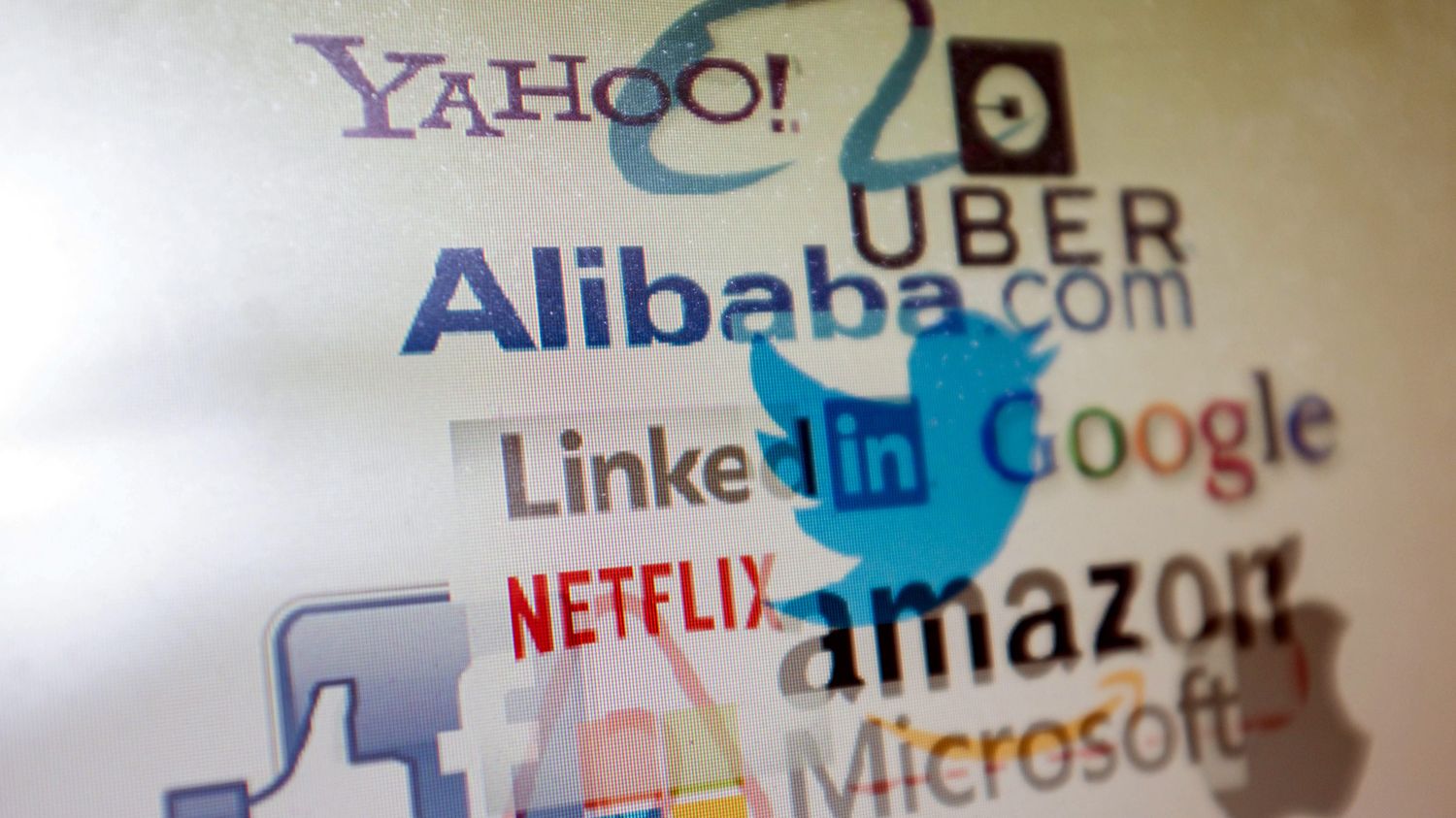Nuclear power plants, copper mines, data warehouses. Increasingly strategic investments for large digital service providers.

Published
Reading time: 2 min

The announcement made by Microsoft at the end of September is significant of this “New World” which is taking shape. The firm founded by Bill Gates is financing the reopening of a nuclear power plant in the United States, closed in 2019. Microsoft will spend 1.4 billion euros on this project, in order to have an electrical capacity of 2028. approximately 835 megawatts. That is the equivalent of the consumption of 800,000 households.
At the beginning of September this year, it was Larry Ellison, the founder of the professional software publisher Oracle, who revealed that the energy needs of its data hosting services – notably intended to run the artificial intelligence models of its customers – justified its next data center having more than a gigawatt of electrical power. And be able to host three (small) nuclear reactors.
The phenomenon is all the more notable since the accident which occurred in 1979 at the power plant of Three Mile Island in Pennsylvania, precisely near the site chosen by Microsoft, the development of nuclear production had been stopped.
In March 2024, Amazon had already formalized – still in Pennsylvania – its installation next to the sixth largest power plant in the United States. Securing, by contract, up to 900 megawatts of electricity on the 2.5 gigawatts of the site in question. Open AI, the publisher of ChatGPT, also acknowledges that it is looking for access to nuclear infrastructure. Naturally, these large groups also communicate on the use of wind or solar energy as a complement. Particularly when they have to give guarantees in terms of the environment.
In spring 2024, Microsoft’s sustainable development report indicated that its CO² emissions jumped by 30% in 2023, compared to 2020. Same trend at Google, which saw its CO² emissions increase by 13% in 2023, and by 48% since 2019.
Digital manufacturers are aware of their dependence on electricity to run their infrastructures. They want to acquire their operating autonomy. Even if it means preempting an increasingly significant portion of available energy resources.
This heralds new equity investments in other sources of strategic supplies. Such as access to water for cooling their equipment. Or raw materials, such as copper. Indeed, today data centers represent 1% of copper demand, and could rise to 6 or 7% by 2050.
According to the International Energy Agency, the deployment of artificial intelligence will generate an additional demand of 1 million tonnes of copper annually by 2030.
